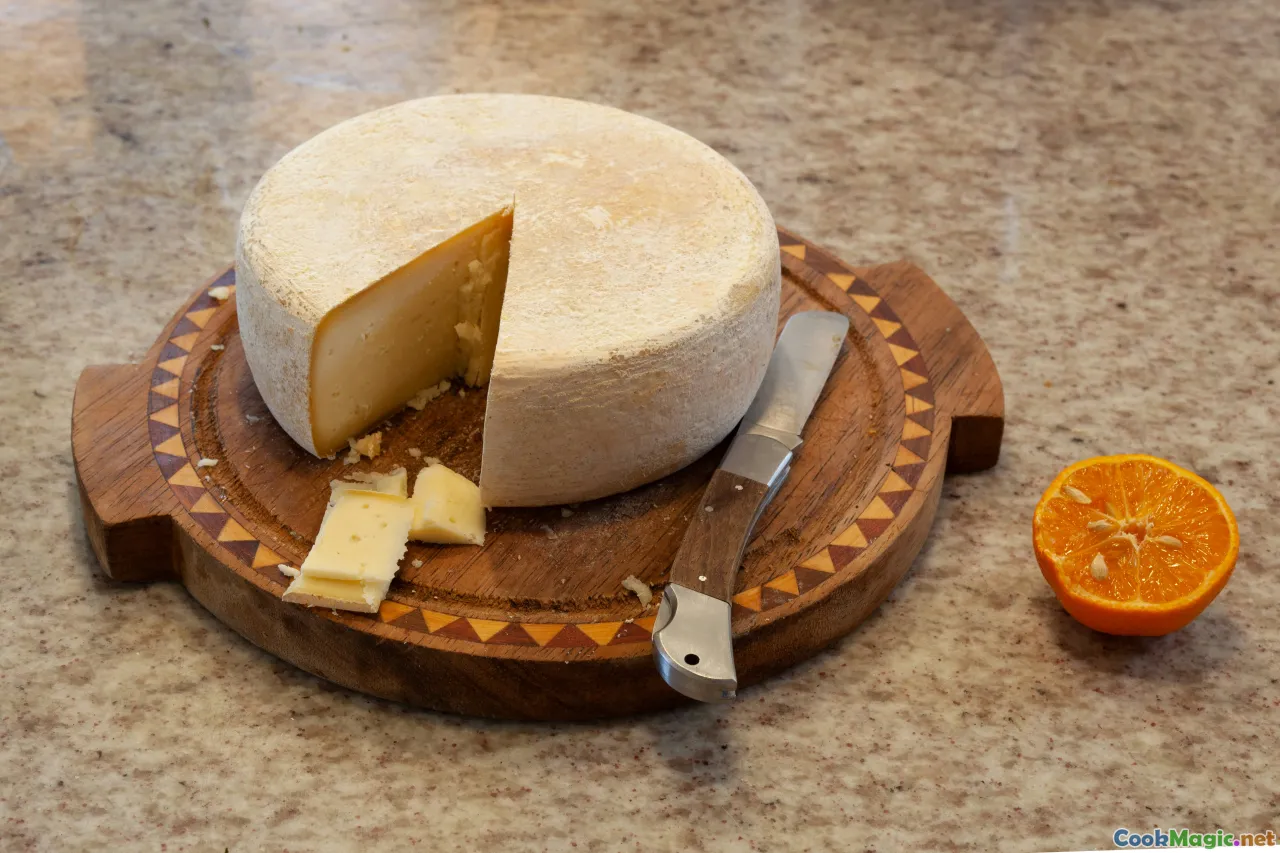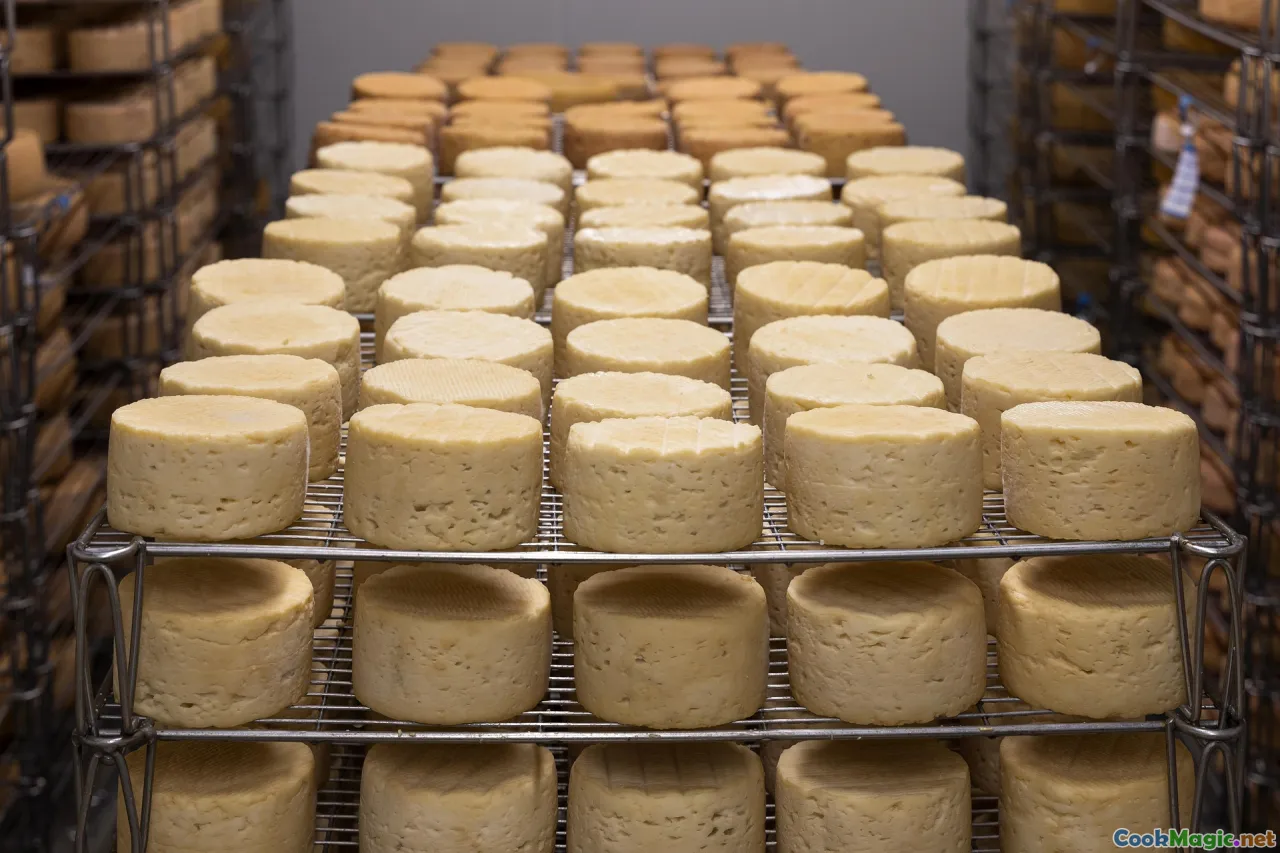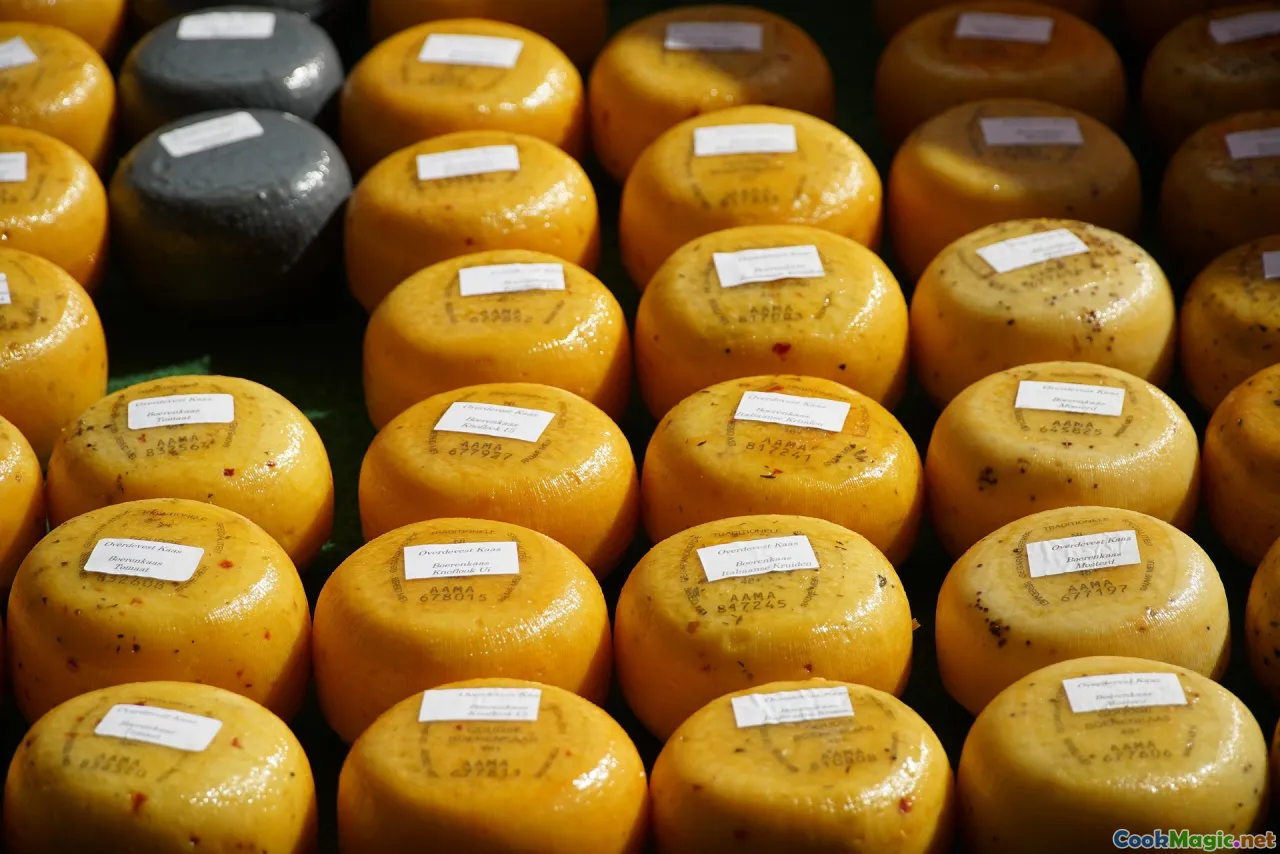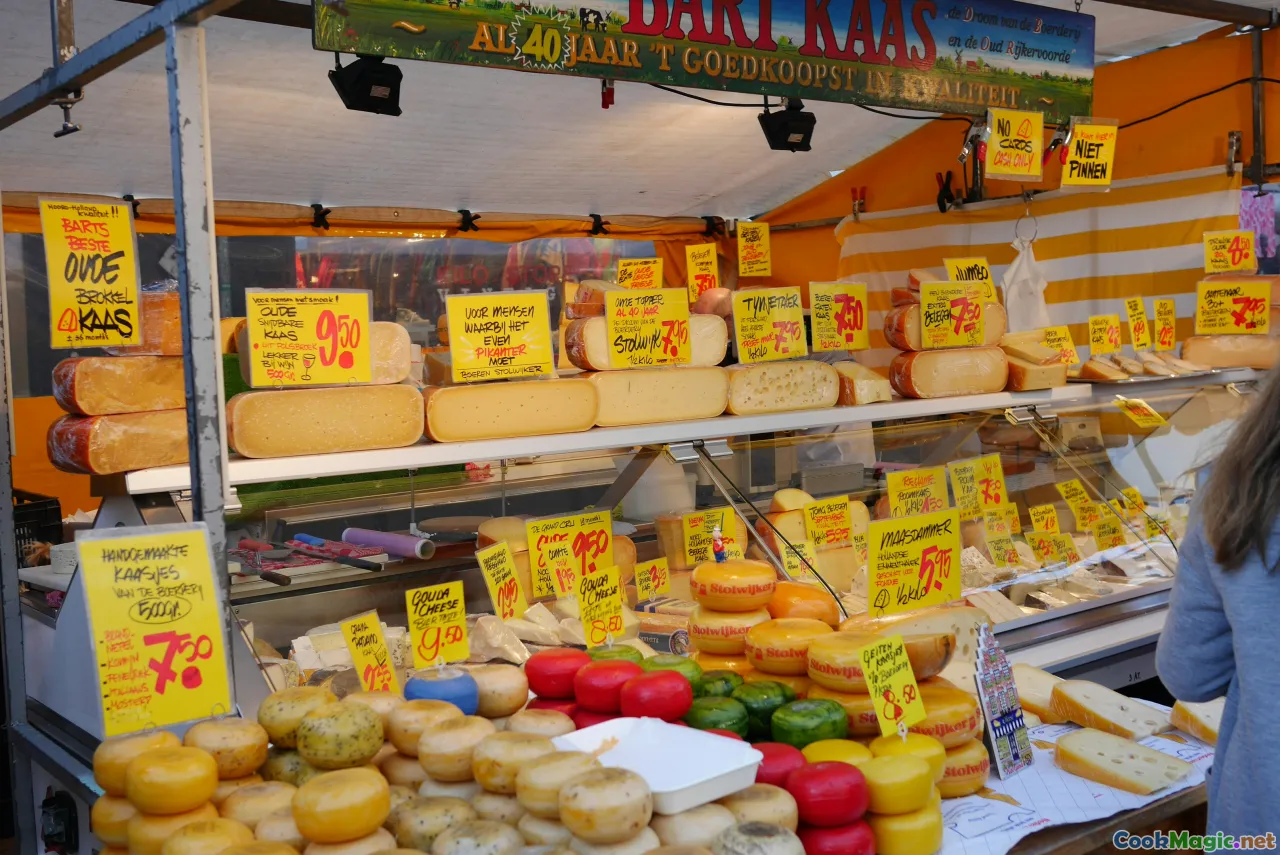Transforming Mac and Cheese with Local Cheeses
9 min read Elevate classic mac and cheese by incorporating regional cheeses for unique flavors and creamy textures across American culinary traditions. June 30, 2025 00:05
Transforming Mac and Cheese with Local Cheeses
There's something inherently comforting about a bubbling dish of mac and cheese—its creamy, cheesy embrace wrapping around tender pasta. Yet, in the heart of American culinary tradition, there's endless room for innovation and cultural expression. One of the most exciting ways to elevate this classic is by harnessing the unique flavors of local cheeses, turning a humble comfort food into a vibrant celebration of regional identity.
The Heart of American Cheese Traditions
America boasts a rich tapestry of cheese-making heritage, from the lush pastures of Wisconsin to the mountainous corners of Vermont. These regions have cultivated distinct flavors and textures that tell stories of terroir, climate, and craftsmanship. Incorporating local cheeses into your mac and cheese not only supports regional producers but also infuses your dish with authentic flavors that resonate with your culinary roots.
Exploring Local Cheeses: Beyond Cheddar and American
While cheddar and American cheese have long dominated American comfort food, the landscape of regional cheeses is far more diverse. For example:
- Vermont’s Aged Cheddar: Sharp, crumbly, with a nutty complexity that lends depth.
- Creamy Iowa Farmers’ Cheese: Fresh, mild, and velvety—perfect for a smooth sauce.
- Wisconsin’s Colby Jack: Mildly tangy with a supple texture, blending well into creamy dishes.
- Pennsylvania’s Farmers’ Cheese: Slightly tangy, with a delicate elasticity. Diving into these local profiles allows home cooks and professional chefs alike to craft mac and cheese dishes that pay homage to regional flavors.
How to Incorporate Local Cheeses into Your Mac and Cheese
Selecting the Right Cheeses
The key to a memorable mac and cheese is balancing flavor, texture, and meltability.
- For Creaminess: Use a semi-soft cheese like Wisconsin’s Colby Jack or Vermont’s mild cheddar.
- For Depth of Flavor: Combine sharper cheeses like Vermont aged cheddar with milder ones.
- For Texture: Incorporate crumbled bits or grated cheese depending on the desired consistency.
Making the Perfect Cheese Sauce
- Cook your pasta al dente—it will continue to soften slightly after baking.
- Prepare a roux—melt butter, mix in flour, and cook for a minute to eliminate raw flour taste.
- Gradually whisk in warm milk or cream, stirring constantly until smooth.
- Add shredded or crumbled local cheeses, stirring until melted. Taste and adjust seasoning.
- Combine with pasta, ensuring every piece is coated.
Finishing Touches
Top with extra cheese, breadcrumbs, or herbs before baking for a golden crust and added flavor.
The Role of Texture and Visuals in Visualizing and Tasting Localized Mac and Cheese
The appearance of your dish plays a vital role in the eating experience. A beautifully baked mac and cheese should showcase crispy, browned edges with molten cheese bubbling through gaps in the crust. Incorporating local cheeses can produce striking visual differences:
- Creamy, pale-in-the-center with a golden-brown crust when using milder cheeses.
- Rust-colored, sharper toppers when aged cheeses with intense flavors are used. These visual cues stimulate anticipation and appetite, emphasizing the transformative power of regional ingredients.
Pairing and Serving Ideas: Embracing Regional Flavors
Elevate your regional cheese-infused mac and cheese with thoughtfully paired accompaniments:
- Northwest Apple and Walnut Salad—the crispness cuts through richness.
- Bison or Venison Sausages—complement the hearty, rustic flavors.
- Regional craft beers or apple ciders—balance the richness with carbonation and acidity. For an even more immersive experience, serve your dish on vintage plates from local pottery artisans, and include a side of cornbread or a fresh garden salad spotlighting regional produce.
Personal Stories and Cultural Significance
My own journey with regional cheeses and mac and cheese began in a small Vermont village, where I discovered a rustic aged cheddar at the local co-op. That cheese became the cornerstone of my first gourmet mac and cheese. As I stirred the velvety sauce—its aroma rich with nutty, buttery notes—I felt a deep connection to the land, the farmers, and the history woven into each bite. In many American communities, cheese-making is woven into their cultural identity. Whether it’s the cheese curd festivals of Wisconsin or the artisanal cheesemakers of Vermont, embracing these local ingredients allows cooks to forge a personal and regional narrative through their dishes. It’s about more than flavor; it’s about celebrating place and tradition.
Tips for Aspiring Chefs and Home Cooks
- Visit local cheese festivals or farmers’ markets to explore regional varieties firsthand.
- Experiment with blends—combine different regional cheeses for layered flavors.
- Use cheese of varying ages for texture contrast and complexity.
- Don’t forget to taste as you go—balance saltiness, sharpness, and creaminess.
- Document your creations and take photos—regional cheeses shine in beautifully presented dishes, inspired by traditional or innovative plating ideas.
A Final Toast to Regional Flavors in American Comfort Cuisine
Transforming the humble mac and cheese by integrating local cheeses is an act of culinary storytelling—one that honors regional artisans, celebrates diversity, and revives traditional techniques. It’s a reminder that even our most familiar comfort foods can be elevated with a sense of place, passion, and craftsmanship.
Next time you reach for that bag of shredded processed cheese, pause. Consider visiting your regional cheese shop, exploring fresh varieties, and crafting a truly unique mac and cheese experience that sings with local flavor. Whether it’s a creamy Vermont cheddar, a crumbly Wisconsin tradition, or a tangy Pennsylvania farmers’ cheese, each bite connects you to the rich tapestry of American cheese culture—an edible testament to our varied landscapes and deeply rooted culinary history.
















